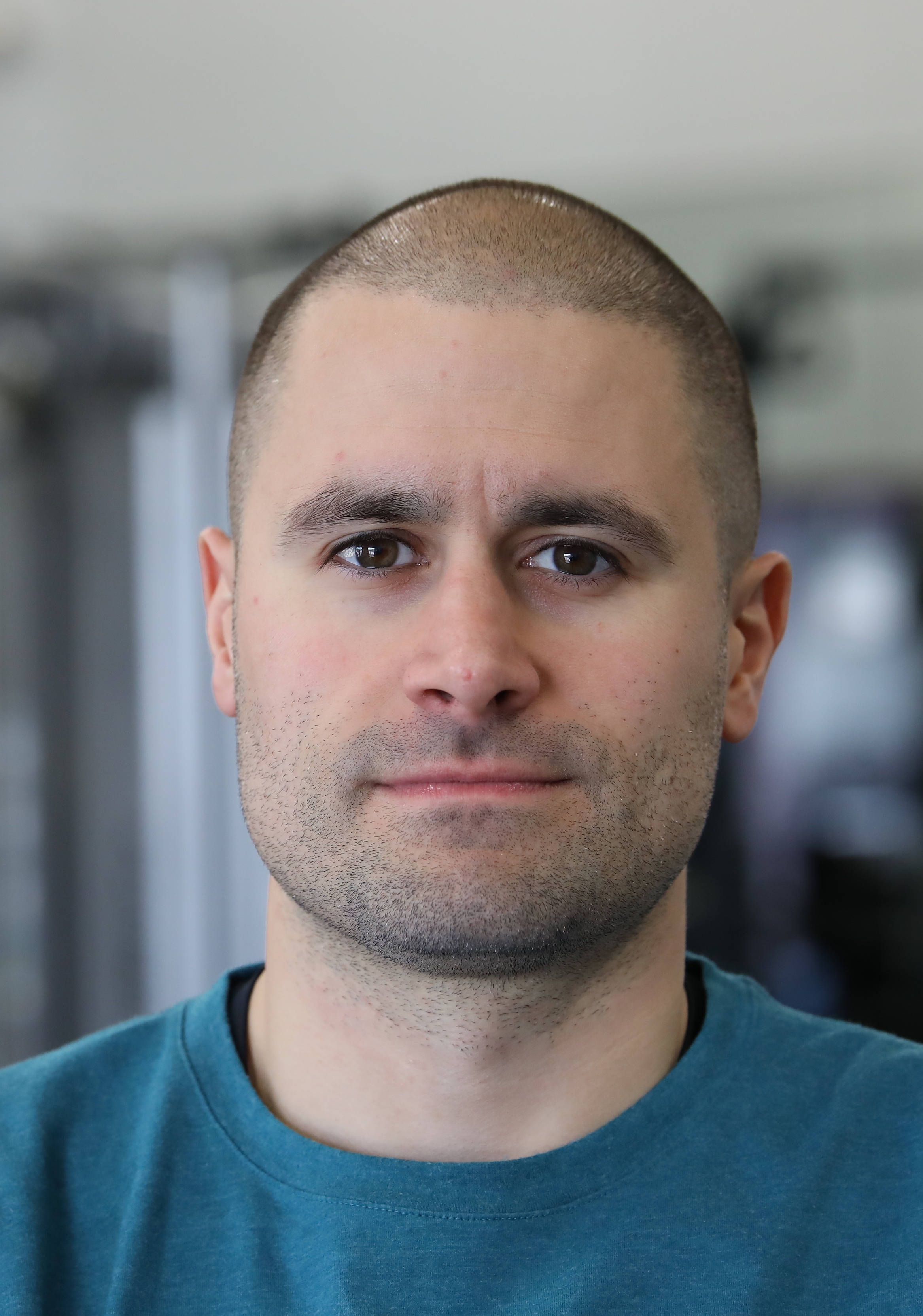6 Lessons On Overcoming ACL Surgeries (3x!) from Jelani Williams
Imagine spending 1,788 days or nearly 5 years away from the activity or sport that you cherished. That is what Jelani Williams went through during a free-fall of 3 consecutive ACL injuries during a 5-year span from 2016 to 2021. Jelani is currently a senior and the captain of the men's basketball team at the University of Pennsylvania, but his journey to playing this season (2021-22) on the court was nothing short of harrowing and at the same time inspirational.
⠀
2. Reaching for Help: Jelani explained that after his 3rd ACL rupture and repair in 4 years, he finally reached for help in the form of a psychologist. He calls his story one of mental health and development. He credits his therapist for helping him to overcome the true hurdle of this story, the mental side of the comebacks. We can all learn from Jelani’s courage to seek help when he needed it.
⠀
3. Making Your Misfortune Your Advantage: After rehabilitating from 3 consecutive ACL injuries over a 4-year span and finally getting cleared to play, COVID-19 struck and stripped another season from Jelani and his teammates at the University of Pennsylvania in the Ivy League. When I asked Jelani if he was bitter at that moment, he explained that he wasn’t. I couldn't believe his answer! How could someone who had the first 3 seasons of his college basketball career stolen from him be anything but bitter and angry? I would have been! Instead, Jelani immediately shifted his mindset to seeing this as an advantage for himself and his teammates to have an extra year to get better and grow together as a team. That is exactly what they did. A year later, with Jelani as their captain in this 2021-22 campaign, Jelani and his squad are wrapping up their season on a winning streak with a chance to be the top team out of the Ivy League.
⠀
6. What Makes a GREAT Physical Therapist for ACL Repair Rehab: By the time Jelani hit his 3rd ACL repair rehabilitation period, he was a veteran in the process and had worked with numerous physical therapists and rehab clinicians. This is when he connected with Bobby Esbrandt to be the physical therapist that would ultimately guide him back to the court. I have combined what I look for and what Jelani described as what makes Bobby elite on the list below as what you should look for in a physical therapist to guide you through your ACL repair rehab. Your ACL rehab physical therapist should...
- Provide you with clear evidence and research that they rely on in the space of ACL rehab.
- Be able to give you a clear timeline of what to expect and what you will need to show them during milestones on this timeline to move to the next phase of rehab and get cleared.
- Show that they know when to back off of the protocol when your knee responds with excessive pain or swelling along the way.
- Use specific measures of strength and hop test results to dictate your readiness to return to running, jumping, or sport.
- Be great at listening to you as the athlete to understand how you are doing mentally and confidence-wise during the process despite what the doctors, tests, or protocol timelines are saying.
- Be known for and have a lengthy testimonial track record of working with athletes who have successfully returned to sport after an ACL repair surgery.
- Inspire and invigorate you as you go through your ACL rehab. In other words, it's important that you trust, respect, and connect with them as both a person and a clinician.
⠀
Please listen to the full episode so you can learn from Jelani and his journey just as I have.
⠀
Stay Basketball Strong.
ABOUT THE AUTHOR

Tim DiFrancesco, PT, DPT spent 6 seasons as the Head Strength & Conditioning Coach of the Los Angeles Lakers and is the founder of TD Athletes Edge. He is nationally renowned for his evidence-based and scientific approach to fitness, training, nutrition, and recovery for athletes and fitness enthusiasts.
